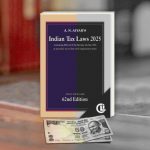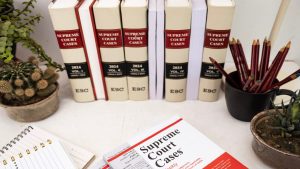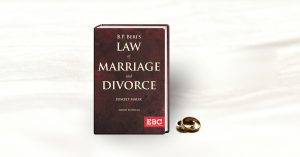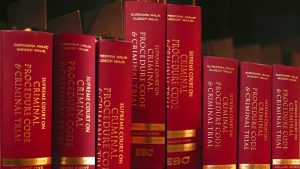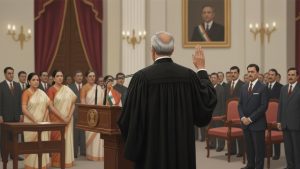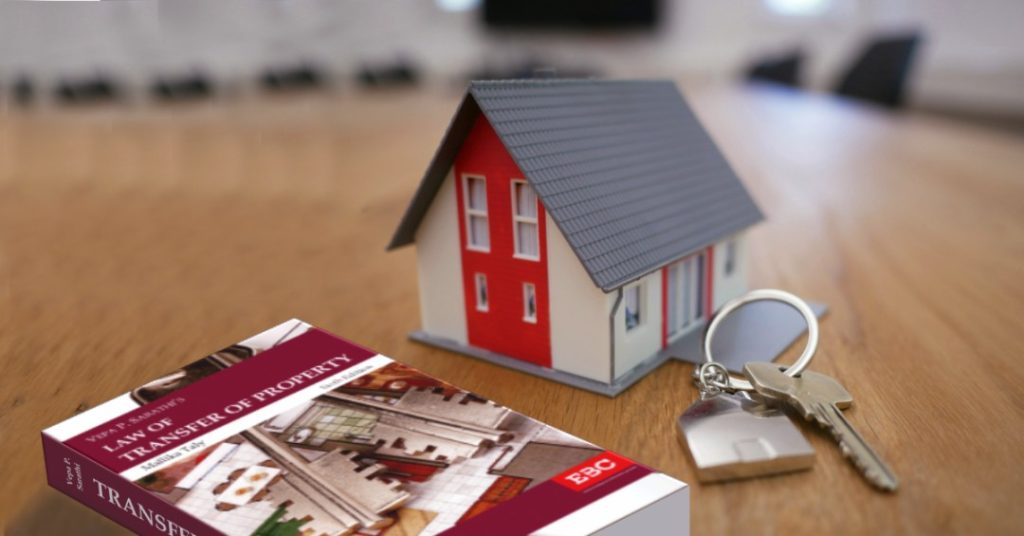
Understanding the
Scope of Property Law
Property law is often introduced as the branch of law dealing with land, buildings, and ownership. While that’s partly true, it’s far more expansive and fundamental. Property law governs the rights, relationships, and duties related to “things” (both tangible and intangible). It is about who can use, control, and transfer resources, and under what conditions.
This area of law is central to several legal systems and underpins subjects like contracts, torts, family law, and even constitutional law. As a law student, a solid understanding of property law equips you to interpret legal rights across numerous areas of practice.
What Does Property Mean in Law?
In legal terms, property is not the physical object itself but a legally protected interest in that object. It reflects a relationship between a person (or entity) and a resource.
Property is generally classified into two categories:
1. Real Property: Land and anything attached to it permanently (such as buildings).
2. Personal Property: Movable objects or intangible rights (like vehicles, stocks, or copyrights).
Core Legal Questions in Property Law
Property law helps answer essential legal questions:
- Who holds the legal right over the property?
(This refers to ownership or title.) - How was this right acquired?
(Through purchase, inheritance, creation, or occupation.)
3. What can the owner legally do with the property?
(Sell, lease, mortgage, exclude others, etc.)
4. What happens when rights are violated or challenged?
Key Doctrines and Concepts
Possession vs. Ownership
- Possession refers to the physical control or occupancy of property.
- Ownership (or title) is the legal recognition of rights over the property.
[Title: A formal legal term referring to the ownership rights over a property. Having ‘good title’ means having lawful ownership.]
It’s possible to possess something without owning it (e.g., a tenant in a rental apartment), and vice versa.
Fixtures and the Real-Personal Property Divide
Items initially classified as personal property may become part of real property when attached permanently.
[Fixtures: Items that were once personal property but have become attached to land or buildings in a way
that they are considered part of the real property (e.g., built-in cabinets).]
This distinction matters in sales, tenancy, and inheritance cases.
The Doctrine of Adverse Possession
Adverse possession allows a person to acquire legal ownership of land by occupying it for a certain period without the true owner’s permission, provided strict legal conditions are met.
[Adverse Possession: A legal doctrine that grants ownership to someone who openly occupies land without the owner’s permission for a legally prescribed time period
, if certain conditions (like continuity, exclusivity, and visibility) are satisfied.]
This doctrine aims to encourage the productive use of land.
Estates in Land: Understanding Duration and Rights
An “estate” in land determines the duration and extent of a person’s interest in that property.
The most common types include:
- Fee Simple Absolute: The most complete form of ownership, potentially lasting indefinitely.
- Life Estate: Ownership lasts only for the duration of a person’s life.
- Leasehold Estate: A right to use property for a specified time under a lease.
[Fee Simple: The highest legal interest in land that can be held, with rights that can be passed on to heirs.]
These estates define who can occupy or use the land and for how long.
The “Bundle of Rights” Concept
Ownership is not a single right but a collection of rights, often called the “bundle of rights.”
These typically include:
- The right to possess
- The right to use
- The right to exclude others
- The right to transfer
- The right to dispose or destroy
[Bundle of Rights: A concept describing the various legal rights that come with owning property; not all owners hold every right at all times.]
For example, landlords and tenants may each hold different parts of the bundle simultaneously.
Equitable Interests and the Role of Trusts
Legal and equitable ownership may differ, especially in trust relationships.
[Trust: A legal arrangement where one party (the trustee) holds property for the benefit of another (the beneficiary).
The trustee holds the legal title, while the beneficiary has the equitable interest.]
This distinction is crucial in many areas, including succession, taxation, and family law.
Other Key Land Law Concept
- Easements: A right to use another’s land for a specific purpose (e.g., a right of way).
- Covenants: Agreements imposing duties or restrictions on land use (e.g., no commercial activity).
- Mortgages: Legal agreements where property is used as security for a loan.
[Easement: A non-possessory right to use another person’s land, such as a driveway or utility line access.]
Understanding these concepts is essential for dealing with property disputes, development projects, and conveyancing.
Property Law in Practice
Why should a law student invest time in mastering property law?
- It underpins many legal transactions (buying/selling land, drafting leases, transferring assets).
- It features prominently in dispute resolution and civil litigation.
- It is essential for private law practice, especially in real estate, family law, and wills and estates.
More importantly, property law teaches students how to think analytically about rights, obligations, and priorities—skills that apply across nearly all legal fields.
Property Law in the Real World
While property law may appear abstract at first, it is deeply connected to real-life situations—owning a home, renting an apartment, investing in land, or passing property through generations.
Understanding property law means understanding how the law governs access to resources, resolves conflicts, and balances individual rights with social needs. For law students, it offers a critical foundation for both theory and practice.
For a much better understanding of Property law, consider referring to this book.










